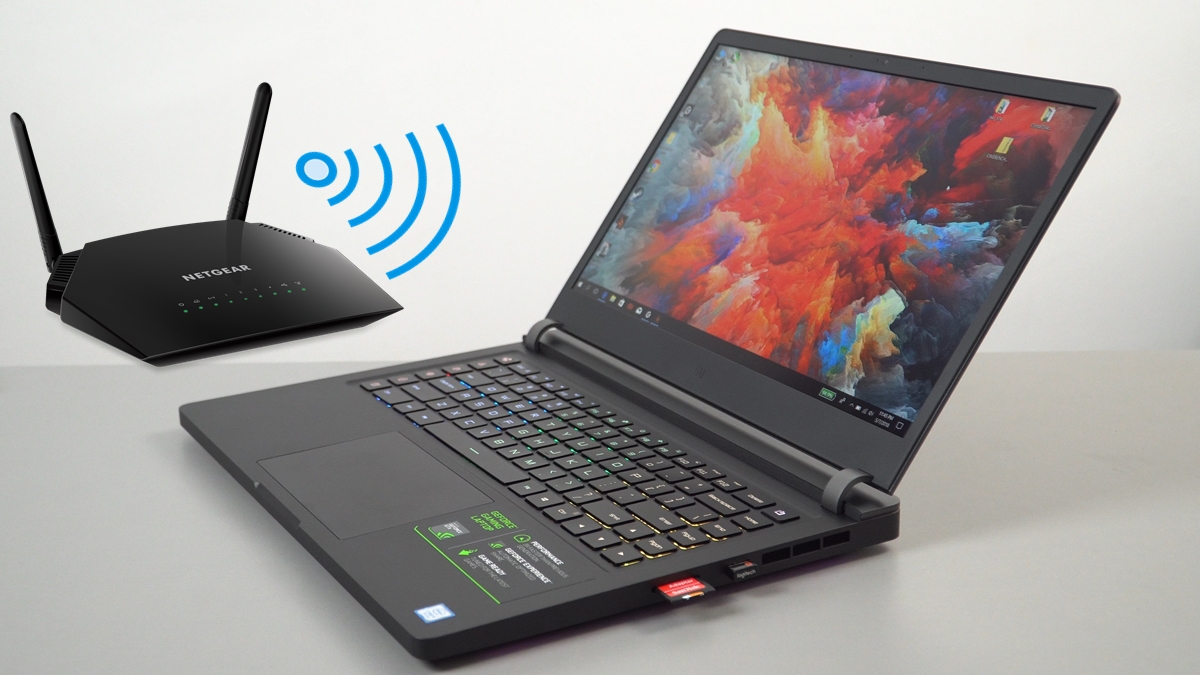We live in a world that is dominated by the internet. Everything is going digital, and we want bigger, better, and faster broadband speeds to keep up with that digital change. The demand for better broadband is bigger than ever, but how do you know your broadband measures up?
The biggest question you’re going to ask yourself is how your current speed compares with other broadband connections when you are in the middle of choosing your broadband package. Why? Well, if you could choose a better internet broadband package, you would. Knowing what other broadband speeds are like will help you to choose the right broadband company to use, and there are so many things that can impact your broadband speed, too. For example, if you have a lot of people living in your home and using the broadband on a range of devices, you may find that your connection is slower than a house with fewer people. You may also find that you get fewer services in your location if you are living in a rural area, thus fewer companies to compare.
Many people don’t know what their broadband speed is or how many Mbps they need when looking at new broadband packages. To be able to compare your broadband speed, you need to know what you are currently using. This will help you to understand what a good broadband provider could offer you that is bigger and better than the service you are presently receiving.
Internet Usage Categories
If you want to have a fast broadband connection, you need to know which user category your household fits into. The three types include:
- Light Users. If you are only using the internet to do your emails and online banking, you’re classed as a light user.
- Medium Users. Social media surfers, Netflix streamers who watch an episode per day of their favourite shows, and those who are surfing the internet would be classed as medium users.
- Heavy Users. Are you working from home? Sharing files with your friends or spending time gaming online? Well, you’d be a heavy user.
If you can fit your usage into one of these categories, you’ll have an idea of which broadband package would be right for you. You need to consider how many people are using the connection in your home, and then compare your broadband needs with the offers in the area. It is always important to remember that no matter the speed on offer, this may not be what you get. You want to make sure that you are in the right area with your provider to get the best from the broadband speeds on offer.
What Can Affect Your Broadband Speed?
You are looking for a fast broadband connection, which means that you need to know what could affect the speed that you are paying for. Let’s take a look at a short list of things that will turn a promised fast broadband speed into a slow connection:
- The connection type can significantly impact how fast your broadband is. There are three types of connection: fibre to the home, fibre to the cabinet, and ADSL. Fibre to the cabinet is the most common connection for fibre-optic broadband, and ADSL is standard, cheaper, and yet less reliable.
- How far you are from the broadband exchange does matter when it comes to your internet connection. The further you are, the slower the connection will be, but this is not a problem when it comes to fibre-optic broadband.
- An open router with no password can be a security risk and a slower broadband connection.
- Using an outdated internet browser can affect your broadband speed.
- We mentioned the number of connections in your home. Too many cooks spoil the broth, and too many devices slow the internet!
- Old hardware and broken cables will impact your broadband speed, too.
- The time of the day you choose to use the internet will make a difference to your broadband speed, with evenings being the peak for usage when people get home from work.
Comparing Broadband Speeds
If you want to know that you have a fast broadband connection, you should use a broadband speed tester. With your postcode, you can search and compare broadband connections specific to your area. You can then get a list of deals that matter for your home and needs, and they will also tell you the average speed that you are likely to achieve in your home. You can even switch to a fibre optic broadband rather than stick to an ADSL line, which will give you the speeds that you need for the best possible broadband connection.
If you are currently unhappy with your broadband connection, then using a comparison tool such as this one will help you to choose another, better fast broadband option. The right package has to accommodate your family usage, and you can find that when you measure your broadband allowance with others in the area.


